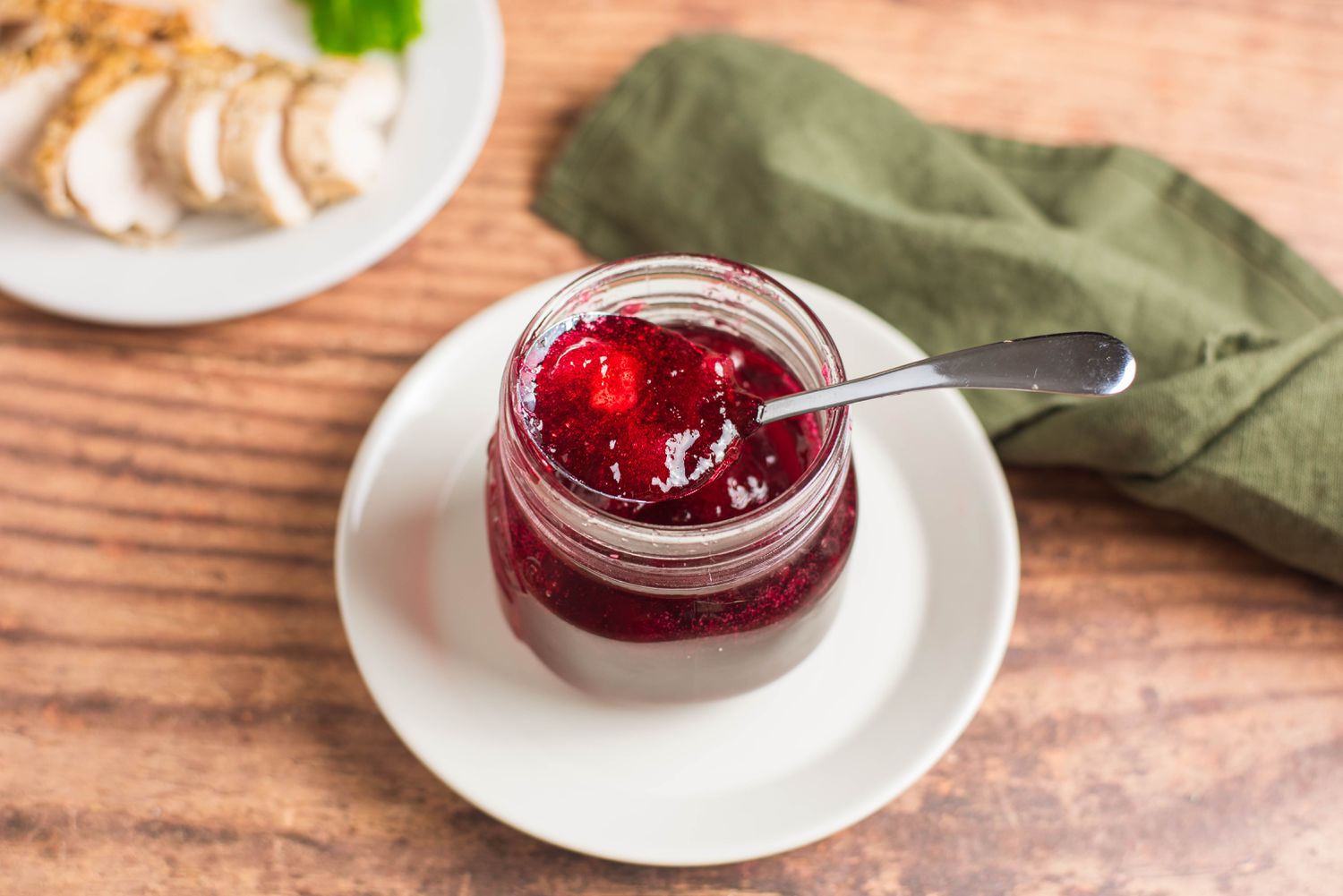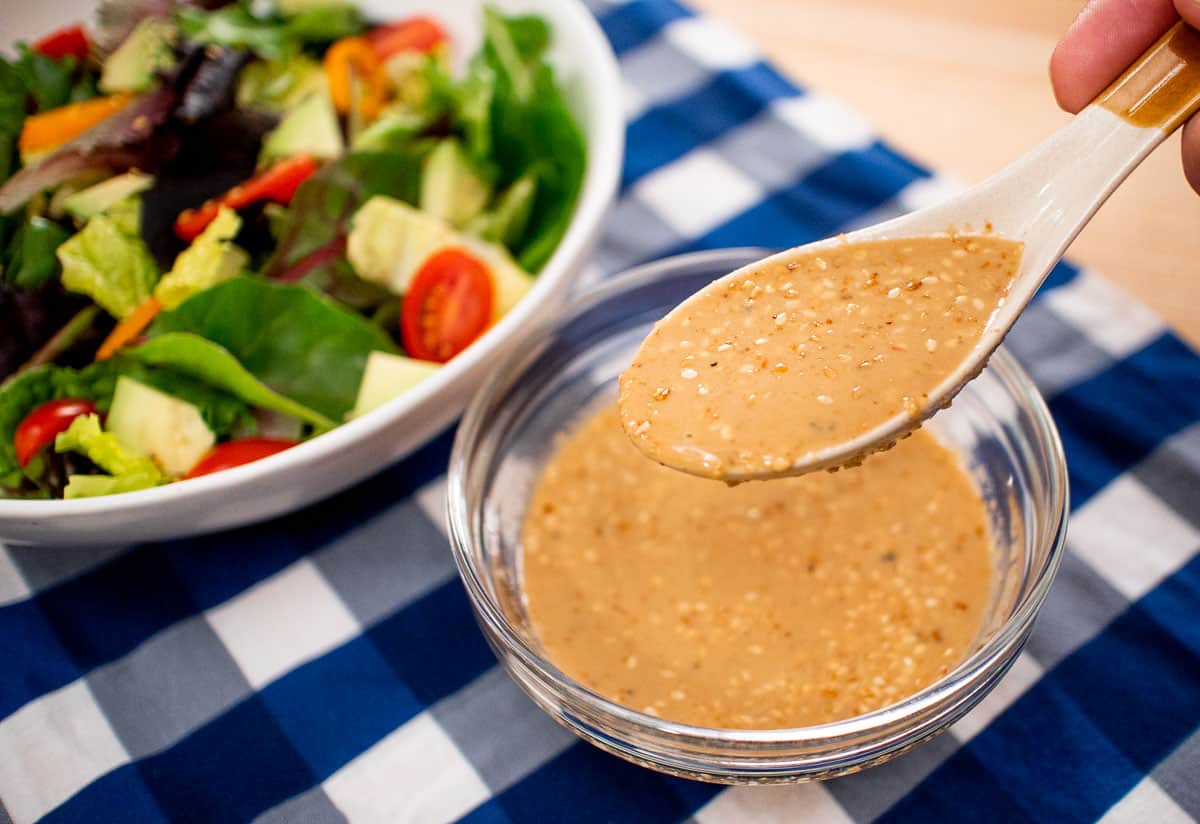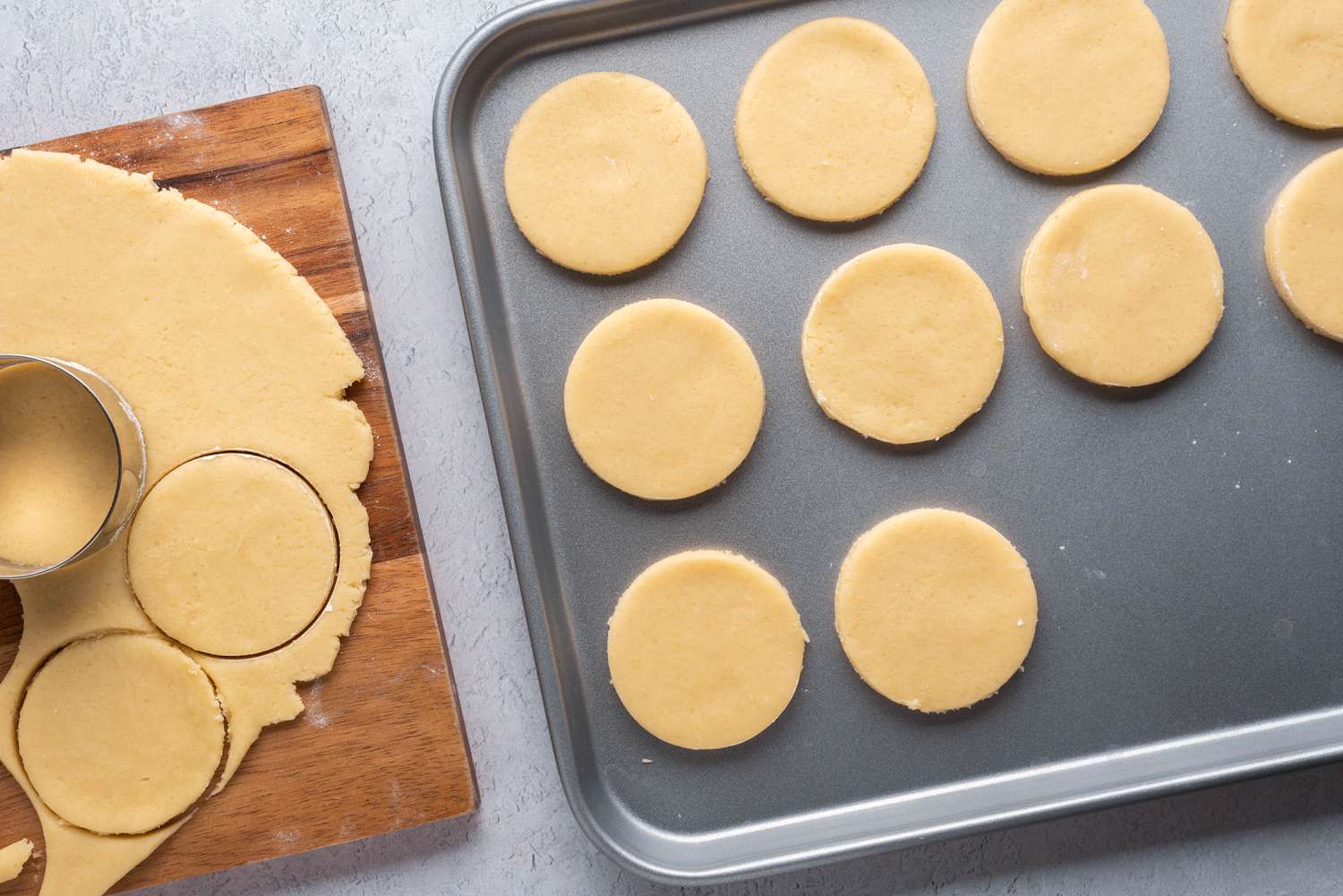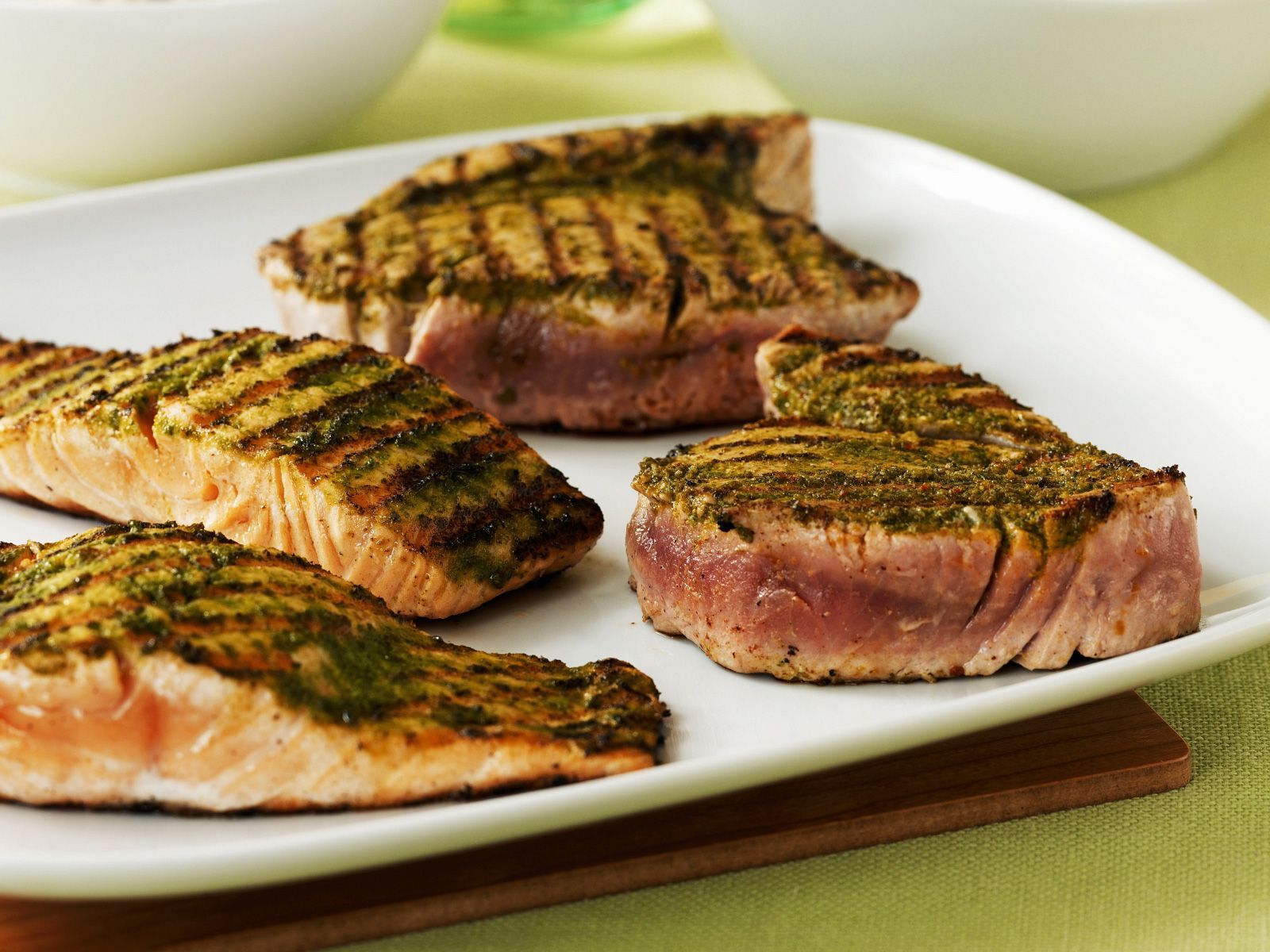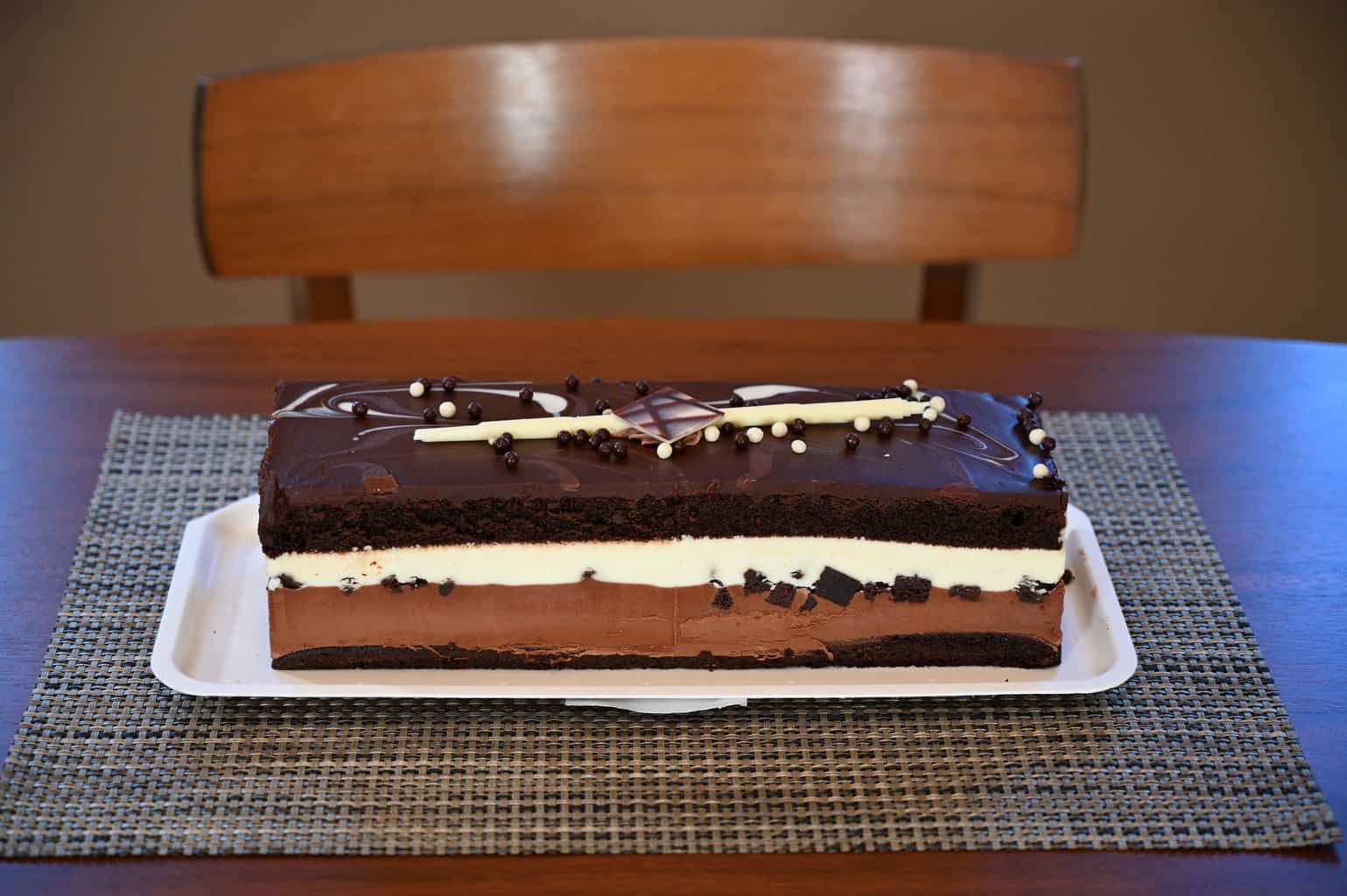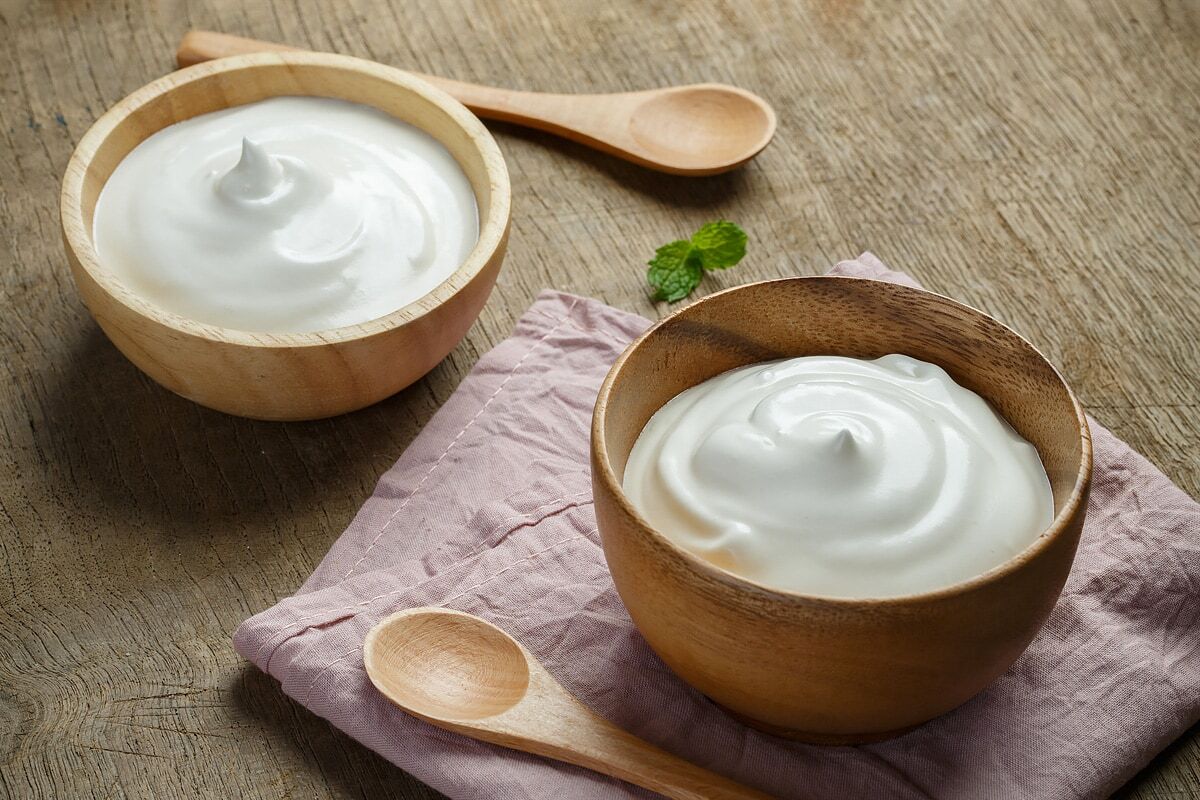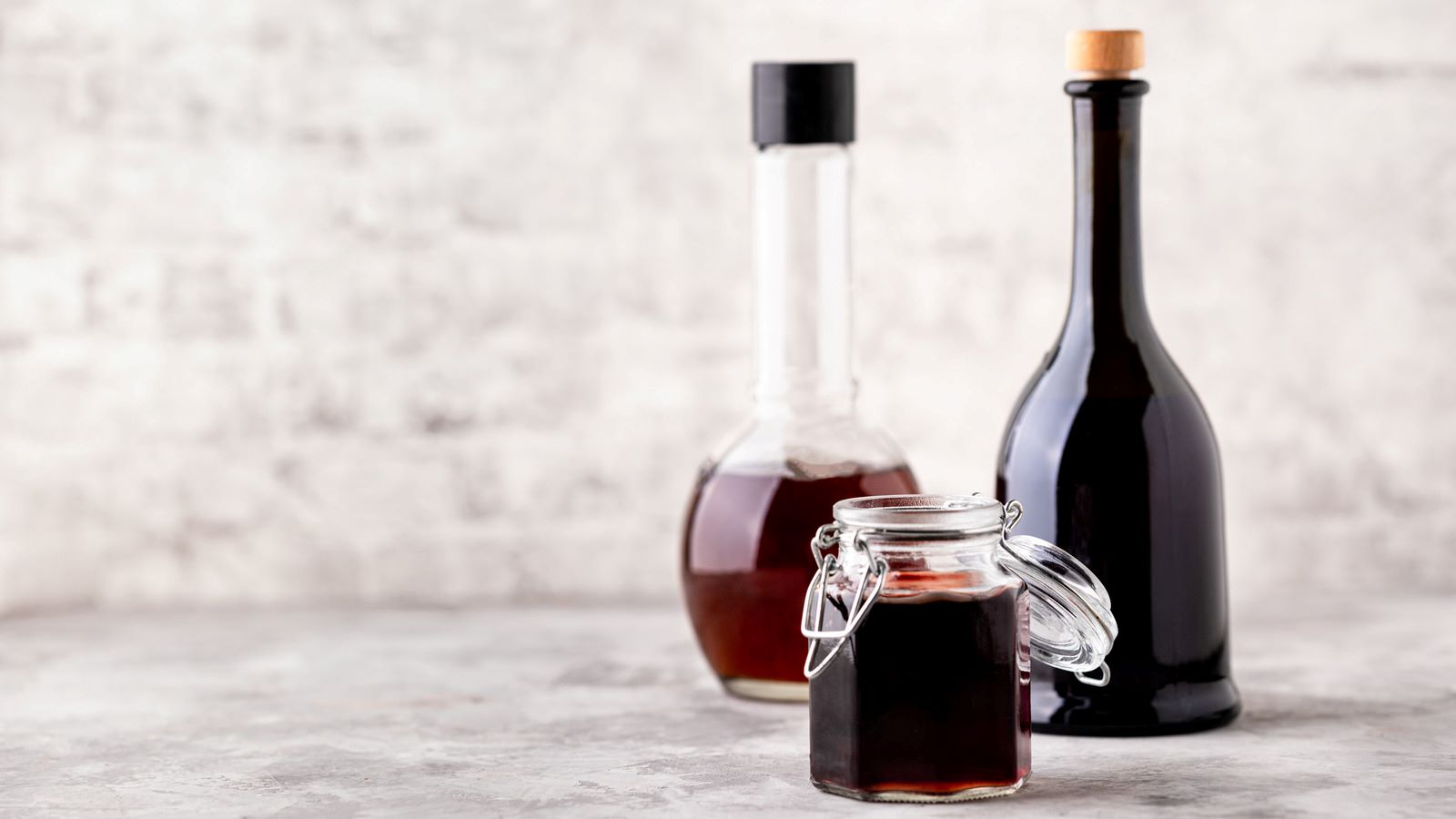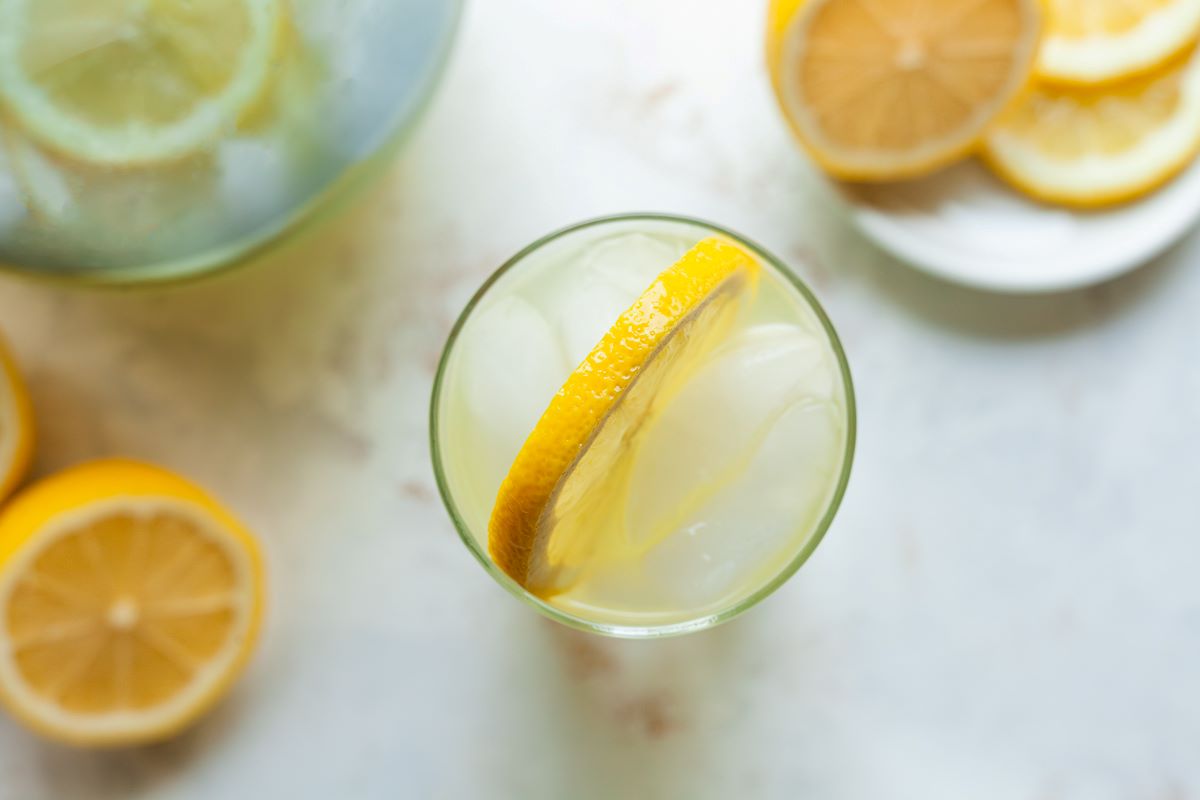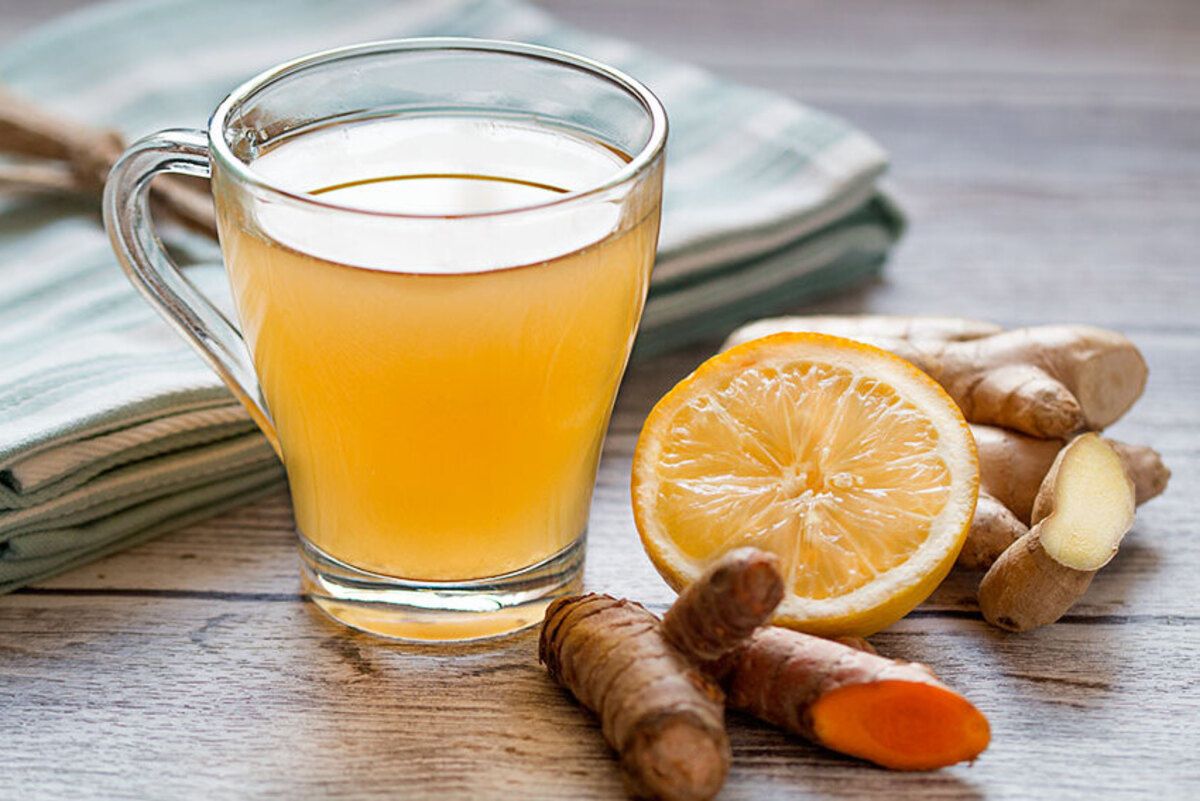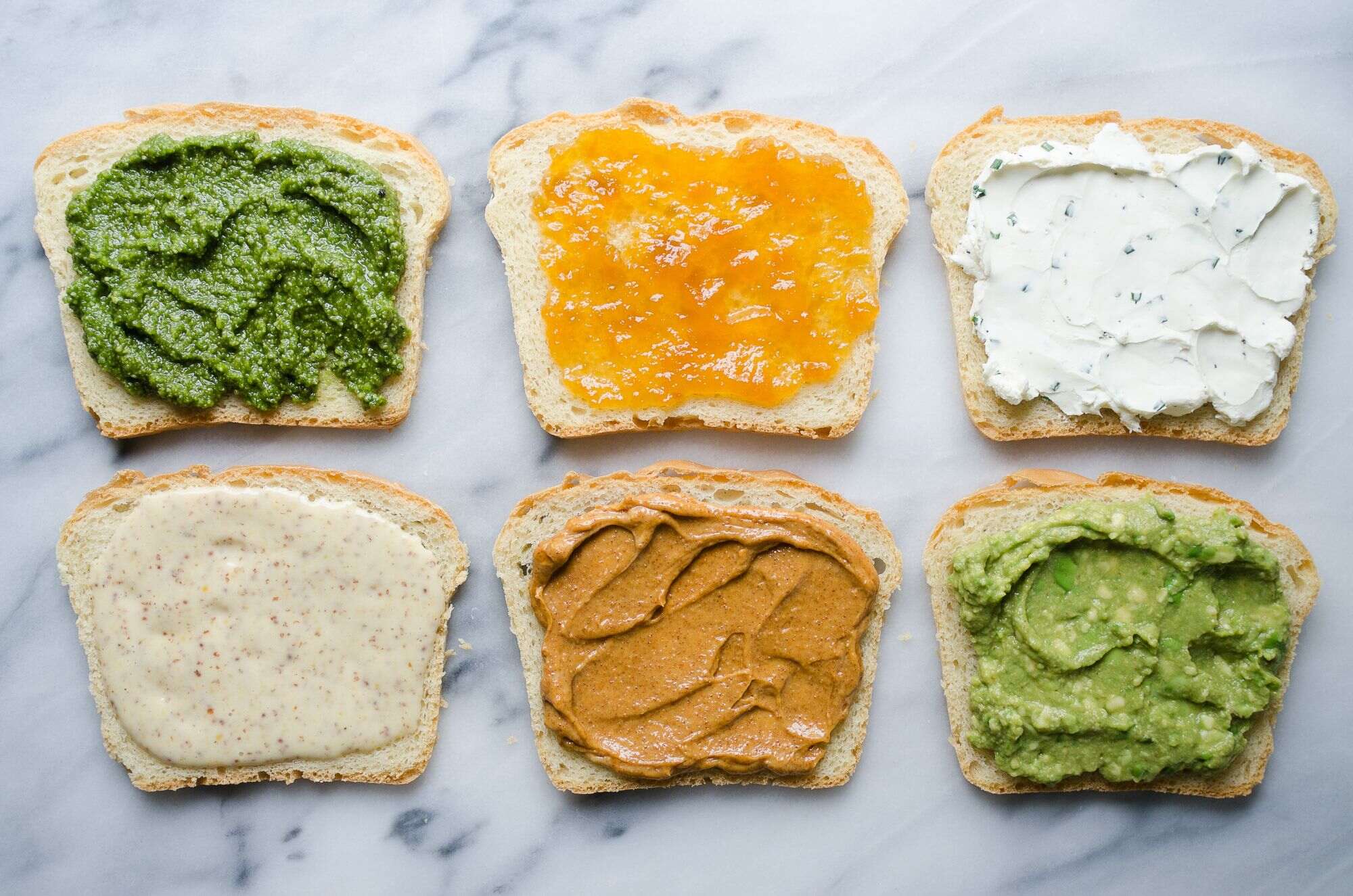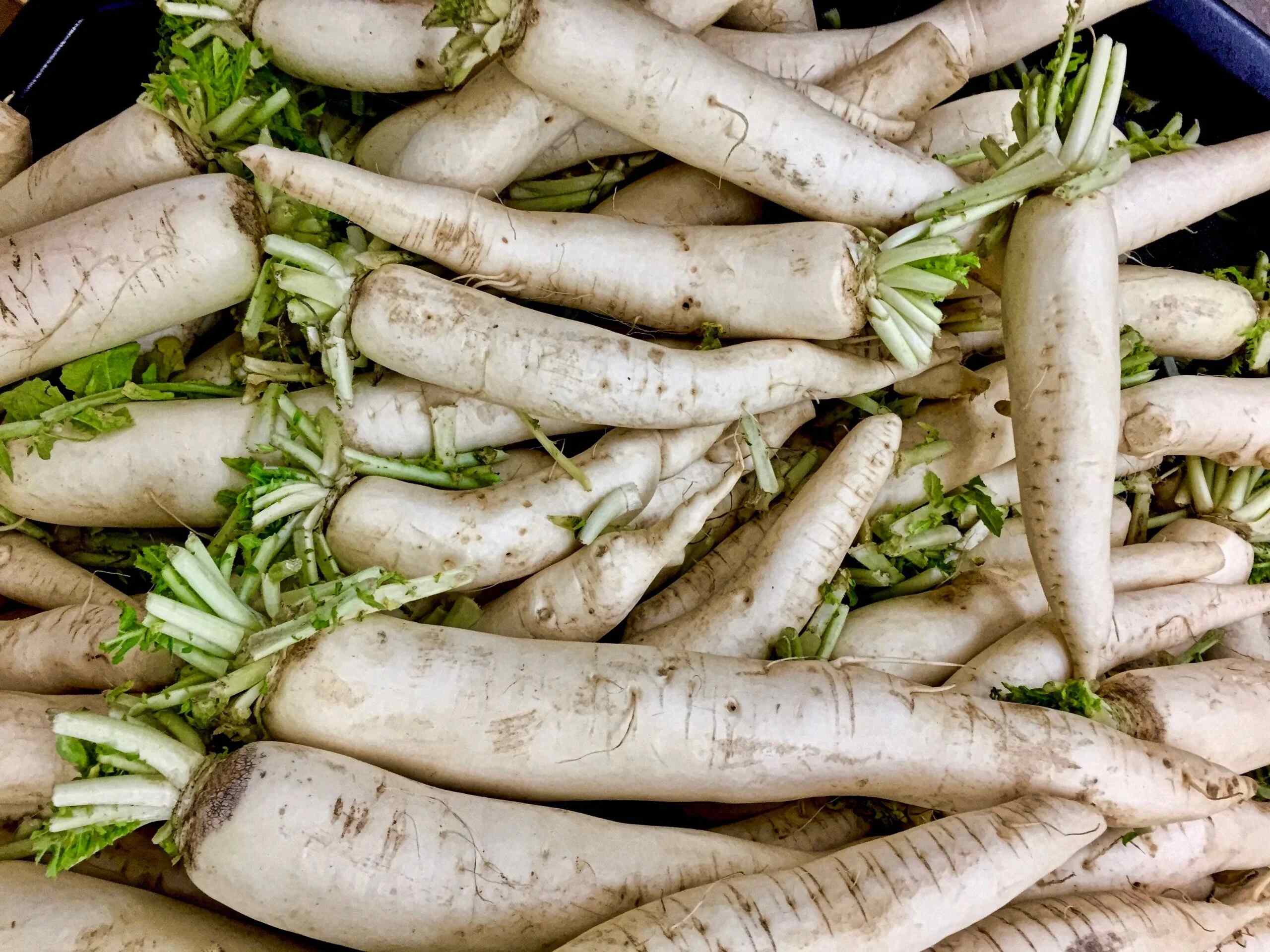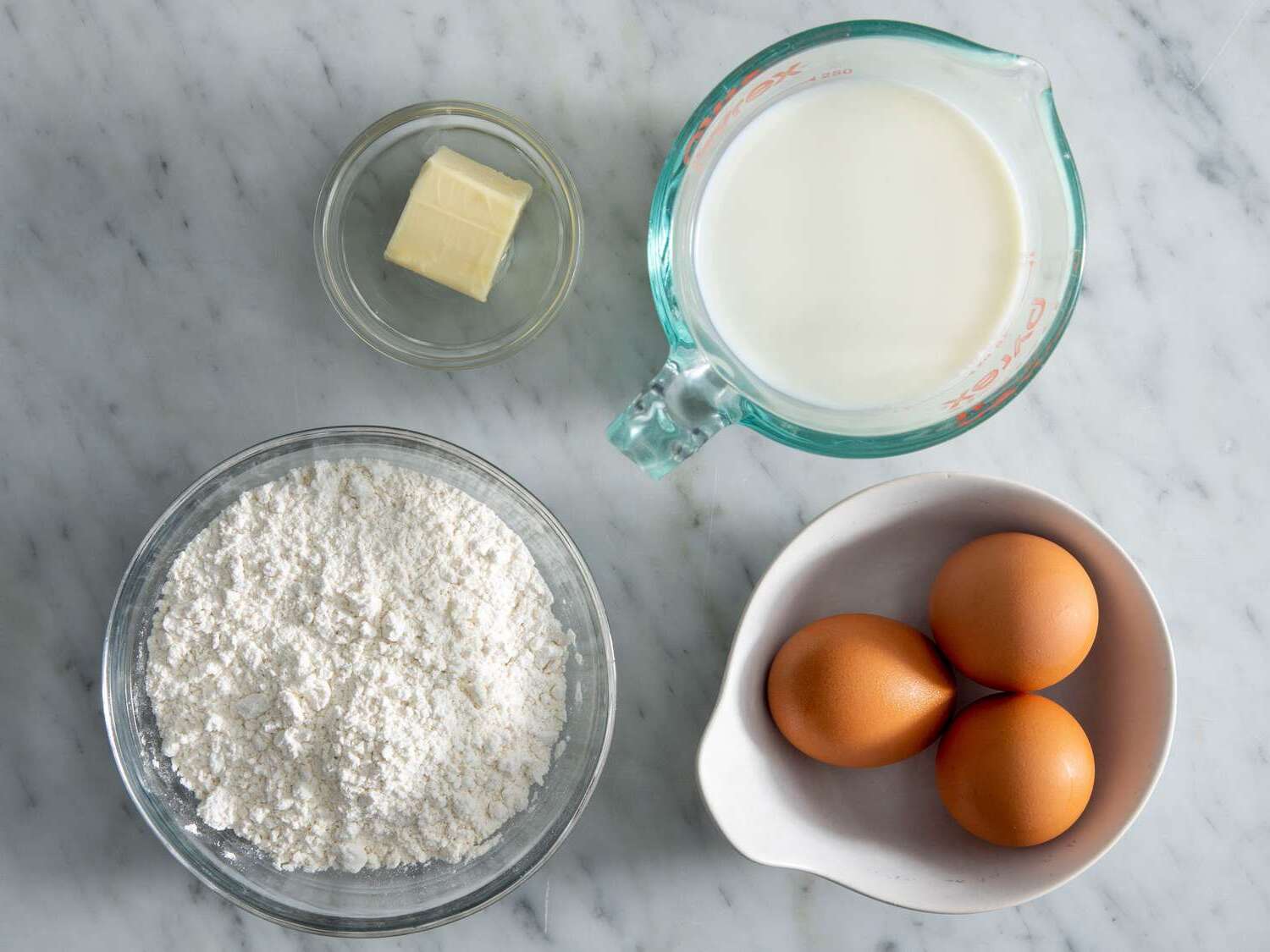Understanding Table Cream: A Versatile and Delicious Dairy Product
When it comes to dairy products, there are numerous options available, each serving a unique purpose in the kitchen. One such product that often piques curiosity is table cream. What exactly is table cream, and how is it used in cooking and baking? Let’s delve into the world of this versatile and delicious dairy product to uncover its characteristics and culinary applications.
What is Table Cream?
Table cream, also known as light cream, is a dairy product that contains a butterfat content ranging from 18% to 30%. It is richer and creamier than milk but lighter than heavy cream, making it a popular choice for various culinary uses. Table cream is often used to add richness and creaminess to dishes without the heaviness of heavy cream.
Characteristics of Table Cream
Table cream has a smooth and velvety texture, making it a delightful addition to both sweet and savory recipes. Its moderate fat content gives it a luxurious mouthfeel without overwhelming the palate. When poured, it has a slightly thick consistency, making it ideal for drizzling over desserts or incorporating into sauces and soups.
Common Uses of Table Cream
Table cream is a versatile ingredient that can elevate a wide range of dishes. Here are some common uses of table cream in cooking and baking:
- Sauces and Gravies: Table cream can be used to create creamy and luscious sauces for pasta, vegetables, and meats.
- Soups: It adds richness and depth to creamy soups such as tomato bisque or butternut squash soup.
- Desserts: Table cream is often used in dessert recipes, including custards, puddings, and ice creams, to impart a silky texture and rich flavor.
- Baking: It can be incorporated into cake batters, scones, and biscuits to yield tender and moist baked goods.
- Beverages: Table cream can be added to coffee, hot chocolate, and smoothies to create indulgent and creamy beverages.
Substituting Table Cream in Recipes
If a recipe calls for table cream and you find yourself without it, there are several substitutes that can be used without compromising the overall outcome of the dish. Some alternatives to table cream include:
- Half-and-Half: A mixture of equal parts whole milk and light cream can be used as a substitute for table cream in most recipes.
- Heavy Cream: While heavier than table cream, it can be diluted with milk to achieve a similar consistency and flavor profile.
- Evaporated Milk: When mixed with a small amount of melted butter, evaporated milk can mimic the richness of table cream in certain recipes.
Storing Table Cream
Like other dairy products, table cream should be stored properly to maintain its freshness and quality. It is best kept refrigerated in its original container and consumed within the designated expiration date. Once opened, it is advisable to use table cream within a few days to ensure optimal taste and texture.
In Conclusion
Table cream is a valuable addition to any kitchen, offering a balance of richness and versatility in a wide array of culinary applications. Whether used to create decadent desserts, creamy sauces, or indulgent beverages, table cream adds a touch of luxury to every dish it graces. With its smooth texture and delightful flavor, table cream continues to be a beloved staple in the world of cooking and baking.
So, the next time you come across a recipe calling for table cream, you can confidently reach for this delightful dairy product, knowing that it will enhance your culinary creations with its creamy goodness.
Was this page helpful?
Read Next: What Is Stracciatella Pasta?
